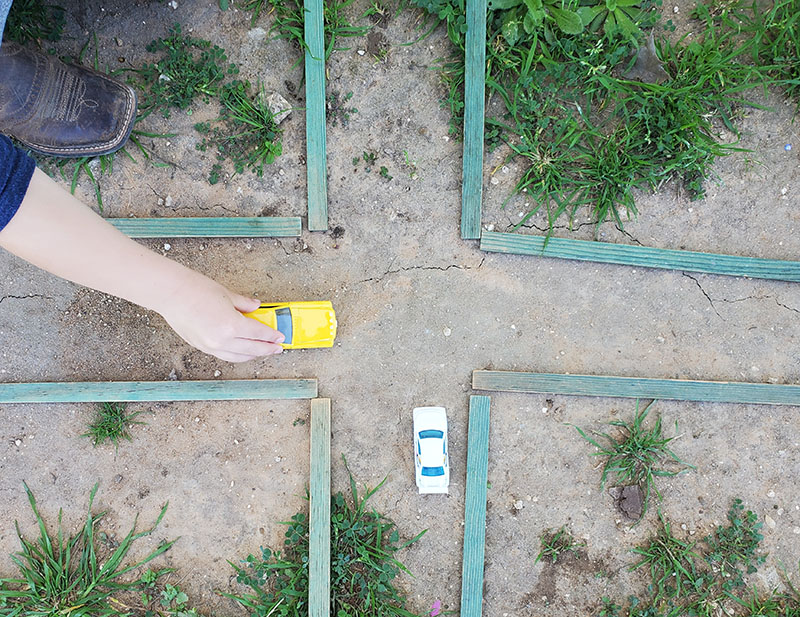 March 6, 2024–Judging by comments on community news sites–or by riding with anyone–everyone believes they are the only ones that know how to drive.
March 6, 2024–Judging by comments on community news sites–or by riding with anyone–everyone believes they are the only ones that know how to drive.
I was reminded last week that I don’t follow all traffic laws, for the simple reason that I don’t understand all the traffic laws.
And neither do you.
I learned this while driving home late on a Friday. I noticed a police car had pulled over a driver. They were on the right shoulder of a 4-lane highway, so, as there was no other traffic in either direction, I slowed down and eased into the inside lane. Well done, I thought smugly, until those flashing lights lit up my own rearview mirror.
“Yes, officer,” I said. “What did I do?”
It was what I didn’t do–I hadn’t used my indicators to signal I was changing lanes. I didn’t bother to mention the fact there was not another car within sight from either direction. Instead, I asked what the proper protocol was when coming up on a stopped vehicle on the shoulder.
I learned that, by law, you are required to:
1- Vacate the lane closest to the stopped vehicle
2- Slow to a speed not to exceed
-20 miles per hour less than the posted limit, or
-5 mph less when the posted limit is less than 25 mph
I’d gotten that part right. I thanked the officer and told him I’d bet many motorists do not know those are the laws.
The next day I drove, slowly, and signaling every turn, to the local Law Enforcement Building to see what other laws were on the books that we all see violated daily.
Alyssa Rivera, Community Outreach Liaison, listened to my questions, commiserated, then sent me the official rules the next day. Here were my questions and their responses:
Turning Left or Right
When turning at an intersection, are you supposed to turn into the right or left-hand lane? The answer, in Texas, is “yes.”
To make a right turn at an intersection, an operator shall make both the approach and the turn as closely as practicable to the right-hand curb or edge of the roadway.
To make a left turn at an intersection, an operator shall:
(1) approach the intersection in the extreme left-hand lane lawfully available to a vehicle moving in the direction of the vehicle; and
(2) after entering the intersection, turn left, leaving the intersection so as to arrive in a lane lawfully available to traffic moving in the direction of the vehicle on the roadway being entered.
I interpret that to mean it’s OK to turn left into either lane that is “lawfully available.”
Using the turning lane as a merging lane
The law says Don’t Do It.
Yet every day I see drivers pulling out of the restaurant parking lot and lingering in the center lane waiting to merge over into traffic. Cutting through the verbiage, the official answer is: The center turn lane is only to be used to make a left turn.
4-way stops
Two kinds of drivers are dangerous here:
The rogue who jumps the line and charges through the intersection, yes. But worse is the polite gent or lady who merrily waves you through while calmly waiting for all other cars to clear the intersection. When two polite drivers arrive at the same intersection, it becomes a ritual dance as they each try to finger-wave the other into the killing zone.
The Official Rule:
An operator approaching an intersection, after stopping, may proceed when the intersection can be safely entered without interference or collision with traffic using a different street or roadway.
This offers no useful information. I was looking for a tangible order, such as “when two cars approach a 4-way stop simultaneously, the vehicle with the best-looking driver gets priority,” or “the vehicle to your right gets to go first.” Nope. Just plow through when “the intersection can be safely entered.” After you.
Turning left at a flashing yellow arrow
This one bugs me. Our driver ed instructor insisted we nose our car out into the middle of the intersection while waiting to turn left. “Own the intersection,” was his cry! Apparently other driver ed instructors told their students, “sit back at the crosswalk until the light turns green again, causing the line of left-turning drivers behind you to pound their steering wheels because you are making them late to the all-you-can-eat pizza buffet.”
Here’s the law:
An operator approaching an intersection, if a traffic-control signal is present but does not display an indication in any of the signal heads; and after stopping, may proceed when the intersection can be safely entered without interference or collision with traffic using a different street or roadway.
Huh? I don’t understand what any of that means. Apparently, no one else does, either. It was most interesting to me that each of the law enforcement personnel I asked gave a different answer to this question. When I pointed that out, they noted there is still a place for common sense when driving. Sometimes you just have to do “what makes the most sense for the situation.”
I guess I found my legal defense next time I neglect to use my turn signal.